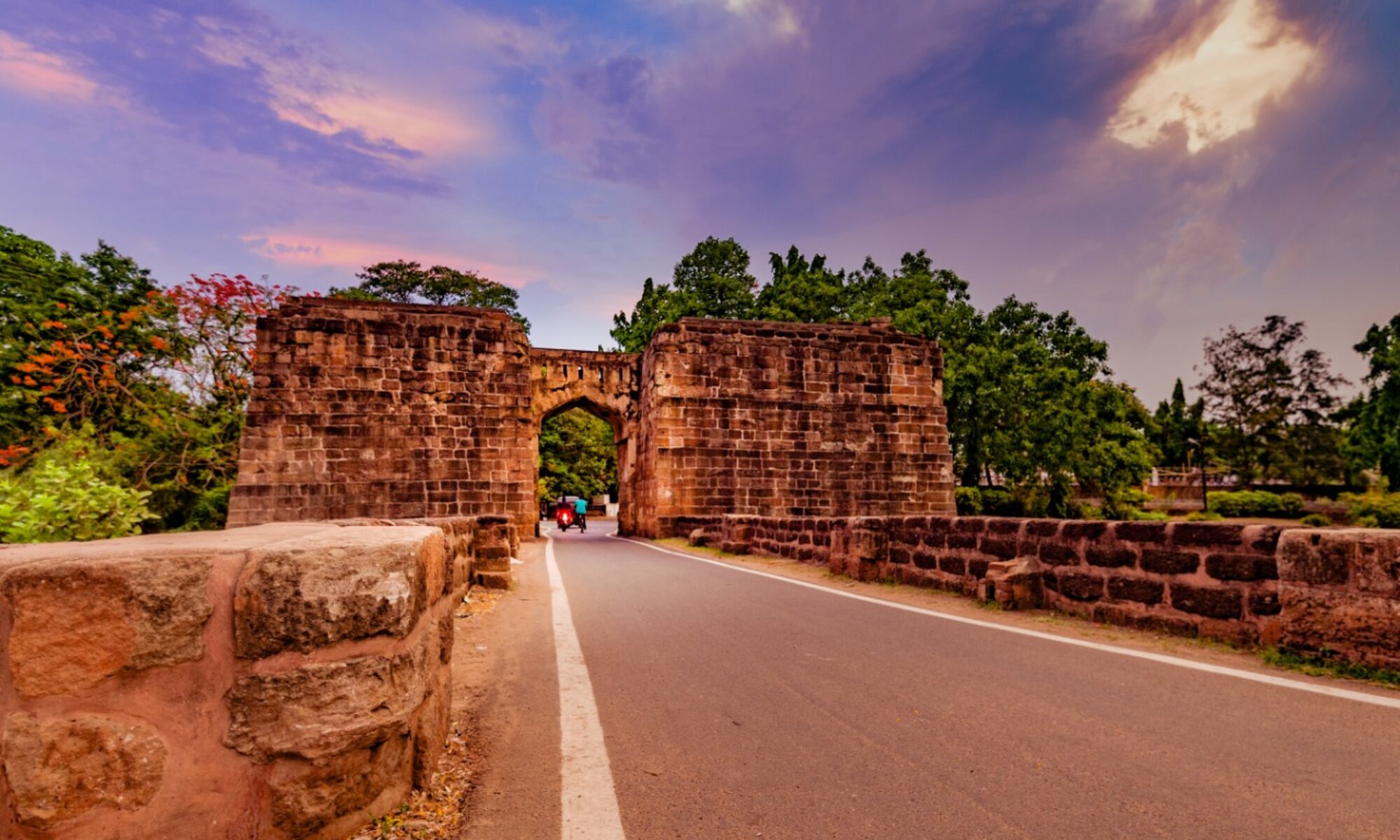Walking Past the Fortress: The Nostalgic Aroma of History of Barabati
According to Madala Panji (Temple Chronicle maintained in Shri Jagannath Mandir), the edifice of Barabati (Stone Varanasi) fort was built by King Ananga Bhima Deva III (1211-1238 A.D.) of Eastern Ganga Dynasty, who subsequently shifted the capital of Kalinga empire from Chaudwar to Cuttack Purushottam Deva of Suryavamshi Dynasty brought the images of Sakhi Gopal and Ganesh from Kanchi and installed them in the fort of Barabati. The image of SakhiGopal was shifted to Satyabadi near Puri at the time of Kalapahad’s invasion. Later on Mukunda Deva Harichandan of Chalukya Dynasty, the last independent monarch of Odisha, reinforced and fortified the outer parts of the fort and erected a storied palace. English merchants, visiting Cuttack sixty-three years after the death of Mukunda Deva described Barabati as “a spacious area, a mile and a half in
circumference, defended by a broad ditch, faced with masonry on double walls of stones and square sloping bastions. Square in size, surrounded by a ditch, 20 yards wide and 7 feet deep lined with stones.”
Barabati also briefly served as the seat of power for the Afghans during their confrontation with Mughals, and the subsequent Mughal Governors. After the decline of Mughals, the province came under the rule of Nawab of Bengal. Odisha was annexed by the Marathas and Barabati became the main garrison of Maratha forces and the seat of their provincial governors. During these occupations, various additions were made to the complexes such as Jami Mosque, Lal Bagh Palace and the Mutts constructed by the Marathas – the raw material for which was provided by the stone mounds of Barabati. Khondanite is a favourable building material of which Barabati was constructed.
After the Battle of Buxar, the Diwani rights of Bihar, Bengal and Odisha were given to Robert Clive of East India Company by then Mughal emperor Shah Alam II. Due to border disputes, heavy taxation and skirmishes with the Marathas, the Britishers eyed to annex Odisha. Hence, under Col. Harcourt, Odisha was invaded and the army laid siege to the Barabati fort. Under heavy bombardment, the fort incurred significant damage. The moat became a graveyard to the soldiers, who defended it with their full might and exemplary valour. What followed next was a systematic plunder of the valuable khondalite stones of the fort for construction activities elsewhere by the British till Mr. Shore, the Cuttack Magistrate intervened and put an end to it. However, it was too little and too late. The wanton desecration had reduced the once grand fortress, boasting of Odisha’s proud history, fort architecture and pride to rubble. Later, the Britishers abandoned Barabati as a seat of administration. The destruction caused to this ancient citadel of power is irreparable and a monumental loss to the archaeological treasure of Odisha.
The dilapidated and unkempt condition in which the fort complex is found today, that is being further invaded by weeds, dense vegetation, irresponsible bystanders, who scribble mindless epitaph and love stories on the stones and street hawkers, who squat and trespass the fort complex at will, the remnants of the grand structure may soon be lost if timely intervention is not made by the authorities. We, at Cuttack Heritage Walk (CHW), an enthusiastic group of nature lovers, who wish to see these histories preserved in the lap of nature for future generations, make an earnest appeal to the concerned authorities to restore it for posterity. Some suggestions are as follows:
1.Conversion of the Moat into a living water body conducive for aquatic life for water sports and boating, which will promote heritage tourism and will also boost the local economy and bring revenue to the state coffers;
2. Light and Sound show on Barabati Fort should be conducted by archaeological department on the lines of Konark and Dhauli;
3. Aggressive campaigning, advertisement and spreading awareness across the country and abroad about all such hitherto secret heritage sites of Odisha are the need of the hour:
4. Revival of Kandhei (Puppet) shows, on the lines of Ramayana Puppet show in Benaras, will provide an impetus to the traditional professions and art forms and help them preserve these dying performing art and culture.
5. Culture Ministry should organize and promote theatre, drama, street play, animation show and produce documentary films to igniting the spirit of enquiry and interest in history amongst the youth:
It is eagerly awaited and hoped that the concerned authorities will take timely action and help preserve and restore our dying heritage, our lost pride, the slice of history, which has stood the test of time, invasions, plunder and desecration.
Thank you
Nishant Singh
Cuttack Heritage Walk

References
A Study of History of Odisha A.C Pradhan
https://en.wikipedia.org/wiki/Barabati_fort
https://www.livehistoryindia.com/amazing-india/2020/10/12/barabati-fort
A Brief History of Odisha : Sanjay Kanungo
(https://www.youtube.com/watch?v=gQSFcAn38h4)
Remembering the Great Barabati Fort – Dr. Hemanta K. Mohapatra


Amazinggg 🙌